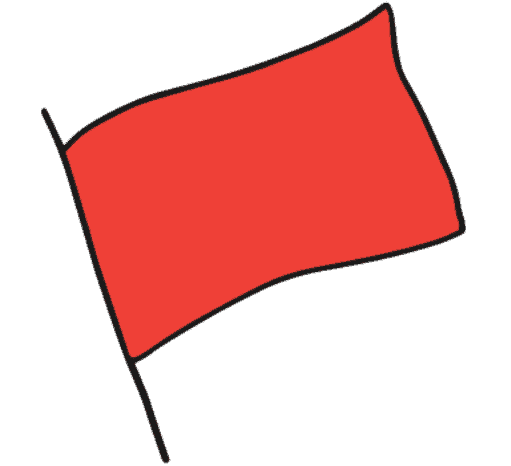Grind is a spec that Vokey clubs have that most other manufacturers don’t disclose, or let you customize. However, Vokey allows you to pick the different types of grind for your clubs. When a club has grind, its sole is milled down to a certain specification. It results in a different point of contact. Picking the right grind can be very beneficial. It should be noted that clubs with grind are legal according to the USGA’s equipment rules.
| Grind | Sole | Bounce Options | Bounce Type | Best For |
| S-Grind | Heel | 10 | Mid | Neutral Turf |
| C-Grind | Heel and Toe | 8 | Low | Neutral Turf |
Sole: S Grind vs C Grind
One of the first differences between the S Grind and C Grind is the way the sole is ground. With the S, the Heel is the only part of the club that has the grind. With the C Grind, both the heel and toe have the grind. Generally, the part that is ground is the last part to make contact with the ground. This results in a difference in contact.
Bounce: S Grind vs C Grind
Another difference between these two is the bounce angles. Each offers a slightly different type of bounce angle. The S Grind has one option which is 10 degrees. The C Grind has one bounce option and that is 8 degrees. The 10 degrees is better for those who want to get a bit more lift on the ball, whereas the 8 degrees is better for those who want to keep the bounce to a minimum.
Bounce Type: S Grind vs C Grind
In terms of the type of bounce that each of these will generate, they are a bit different. With the S Grind, it will generate a medium bounce. This type of bounce is a good balance between a decent amount of height and roll. If this is the balance you are looking for, then the S Grind is better for you. If you are looking for something that will generate a low amount of bounce, and more roll, then the C Grind is better for you.
Best For: S Grind vs C Grind
The only real similarity between these two is that they are both good for neutral turf. They can be used on other types of turf, however, this grind is optimal for neutral turf. What this means is that if you typically find yourself playing on turf/grass that is neither soft or hard, then either of these grinds will benefit you greatly. However, if you typically find yourself on harder turf, or softer turf, then these may not be as beneficial for you.
